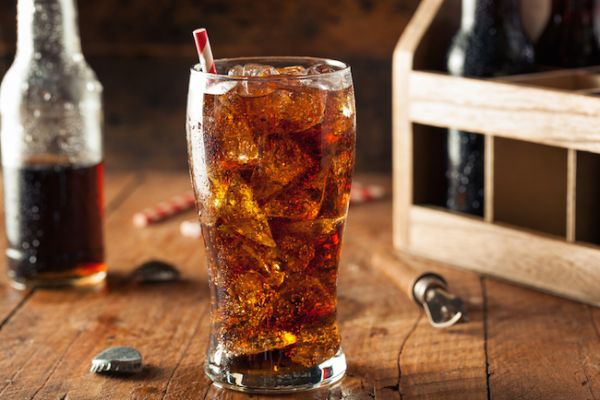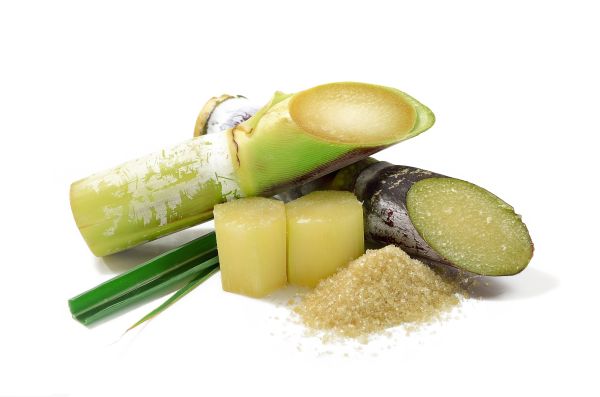
How much sugar does the average American eat on a daily basis? Too much, according to the FDA. And they want you to know it, too.
Although news of the FDA’s push to require labeling of added sugars has been around since the measure was first proposed in July, it looks like they’re getting closer to making a decision on it; and while sugar labeling is nothing new (currently, total sugar is required to be listed on a product’s nutrition label) this measure would give consumers information on added sugars, including percentages of added sugars a product contains.
Healthwise, it’s a step in the right direction. Diets high in sugar have been linked to everything awful under the sun: diabetes, obesity, hypertension, you name it. If the FDA had it their way, every American under their health-nut jurisdiction would limit their sugar intake to 50 grams per day—that is, 10 percent of their total calories consumed. The bacon-hating World Health Organization is even more extreme than the FDA — their recommendation is only 5 percent.
The thing is, that’s not so easy. Added sugars are everywhere. They’re in ketchup, they’re in soup, they’re in processed bread and peanut butter and yogurt and tomato sauce. Everywhere.
They’re also called by different (often deceptive) names:
- Evaporated cane juice
- Barley malt
- Corn syrup solids
- Molasses
- Refined cane extract
- Coconut syrup
- Fruit juice concentrate
There are dozens more, all slight-of-mouth words for sugar — which, right now, make up around 16 percent of total daily calories in the American diet, according to the USDA. Beth Weitzman, vice dean at NYU’s Steinhardt School of Culture, Education, and Human Development, told Mashable, “Reducing added sugar in the American diet would, undoubtedly, be a step forward for the nation’s health.”

So who’s not happy about stricter labeling? The sugar lobby, duh. It’s in their best interest to keep you drinking sugary beverages until your teeth fall out of your mouth—something you might not be inclined to do when you learn that one sixteen-ounce bottle of Coke contains all fifty (fifty-two, actually) grams of sugar the FDA is recommending you consume in a day. Which is one of the main reasons the information isn’t already available.
“We’re seeing the exact same tactics that Big Tobacco was using,” Gretchen Goldman, an analyst at the Union of Concerned Scientists told The Daily Beast back in July. “They’re trying to manufacture doubt in the science, they’re trying to pay their own experts to carry their talking points, and they’re doing these things with the intent to undermine public policy.”
Ready to be scared straight? Below you’ll see a list of some of our favorite sugary foods and drinks, and how much sugar each contains.
- Starbucks Pumpkin Spice Latte (tall, with 2 percent milk and whipped cream): 39g
- Ben and Jerry’s Half Baked (1/4 c. serving, which is not nearly enough!): 27g
- Jamba Juice Mango-A-Go-Go Smoothie (16 oz.): 66g
- Pop Tarts Frosted Strawberry Pastry (pack of two…who can just eat one?): 32g
- Snickers Bar: 20g
Obviously those are just indulgences, right? The point is, for some people, they might not be indulgences—they might be part of a daily routine. Get up, make a couple Pop Tarts, stop by Starbucks on the way to work, get a smoothie before 2 p.m., grab a bowl of ice cream after dinner. Twenty years later, you find yourself floored by multiple chronic health conditions.
So what the FDA wants makes a lot of sense: for consumers to at least have the ability to stop and see what they’re putting into their bodies before they buy, and to make decisions based on that information. Knowledge is power, after all. It just has to be out there for us to use it.






